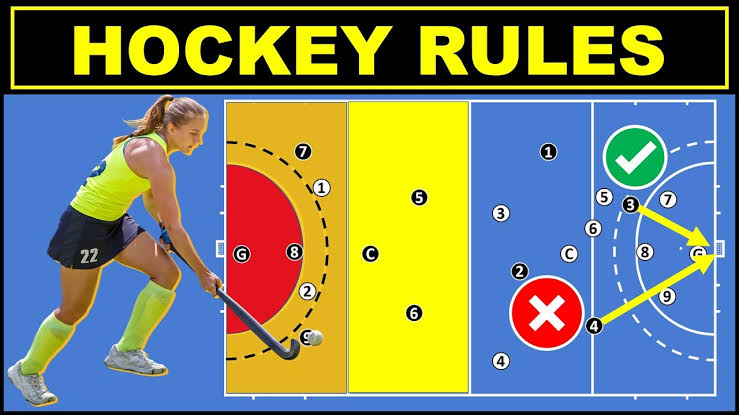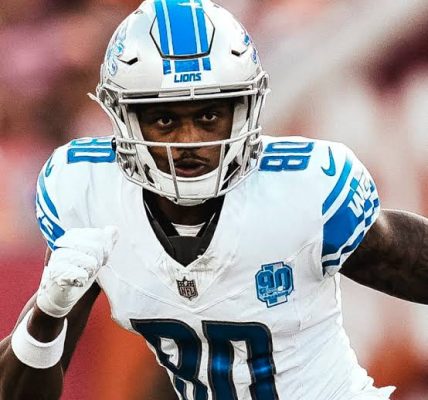Rules of Field Hockey: A Brief Overview
Field hockey is a dynamic and fast-paced sport played on grass or artificial turf. It is a popular game, especially in countries like India, the Netherlands, Australia, and England. The sport is governed by a set of rules that ensure fairness, safety, and consistency across all levels of play. Here’s a comprehensive overview of the key rules that define field hockey.
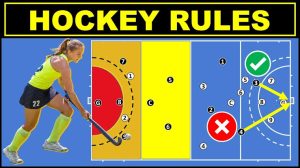
The Basic Objective
In field hockey, the objective is simple: teams of 11 players each attempt to score goals by hitting a small ball into the opponent’s net using a curved stick. The game is played over two halves, typically lasting 35 minutes each in professional matches. The team that scores the most goals wins.
The Playing Field
A field hockey pitch is typically 100 yards (91.4 meters) long and 60 yards (55 meters) wide, with a 16-yard (14.63 meters) circle surrounding each goal. This area is critical because only players within this zone can directly attempt to score goals. The field also includes a midfield line, dividing the two halves of the pitch, and a center circle for face-offs at the start of each quarter or after a goal.
Players and Positions
Field hockey teams consist of 11 players: one goalkeeper, defenders, midfielders, and forwards. The goalkeeper is the only player permitted to use their body and hands to stop the ball from entering the goal. Defenders, typically positioned near their own goal, protect the goal from opposition attacks, while midfielders control the game’s flow. Forwards are responsible for attacking and scoring goals.
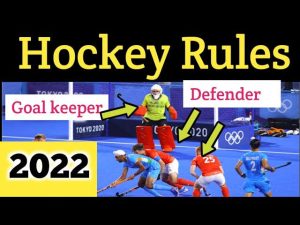
The Stick
The field hockey stick has a flat face on one side, which is used to strike the ball. Players are not allowed to use the rounded back side of the stick to play the ball. Additionally, the stick is never allowed to be above shoulder height when playing the ball. This ensures safety, as high stick incidents can cause serious injuries.
The Ball and Equipment
The ball used in field hockey is typically made of solid plastic and is smaller and heavier than a soccer ball. Players wear specialized shoes with cleats for traction and may wear shin guards, mouthguards, and sometimes face masks to protect themselves from injury.
Key Rules of Play
Starting the Game: The game begins with a center pass, where one player from each team lines up at the center circle, and the ball is passed to restart the game after a goal is scored.
Dribbling and Passing: Players can dribble the ball using their stick, passing it to teammates in an attempt to move towards the goal. However, the ball must remain on the ground when dribbled or passed—players are not allowed to lift it with their stick except in specific circumstances.
The 16-Yard Hit: When the ball is played over the end line by the attacking team (and no goal is scored), the defending team is awarded a 16-yard hit, which is a free hit from the 16-yard line.
Penalty Corners: A penalty corner is awarded when a defender commits a foul inside the circle, such as obstructing or deliberately blocking the ball with their body. The attacking team is given an opportunity to take a direct shot on goal from the edge of the circle.
Fouls: Common fouls in field hockey include:
Obstruction: When a player blocks an opponent’s path by using their body or stick.
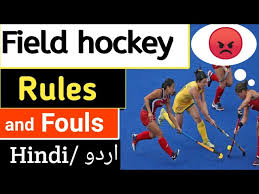
Hitting: When a player strikes the ball dangerously with the stick or intentionally lifts the ball into the air.
Foot: When a player deliberately uses their foot to stop or play the ball.
Free Hits and Penalties: When fouls occur, the opposing team is awarded a free hit from the spot of the foul. If the foul happens inside the circle, a penalty corner or even a penalty stroke (similar to a penalty kick in soccer) can be awarded.
Duration and Overtime
A standard field hockey match is played in four quarters of 15 minutes each. If the match ends in a draw during a knockout tournament, extra time or penalty shootouts may be used to determine the winner.
Conclusion
Field hockey is a fast, skillful game that combines strategic play, physical endurance, and technical proficiency. Understanding its rules is essential for both players and spectators to appreciate the game fully. The combination of team tactics, individual talent, and the unpredictable nature of the ball make field hockey a captivating sport to watch and play.
